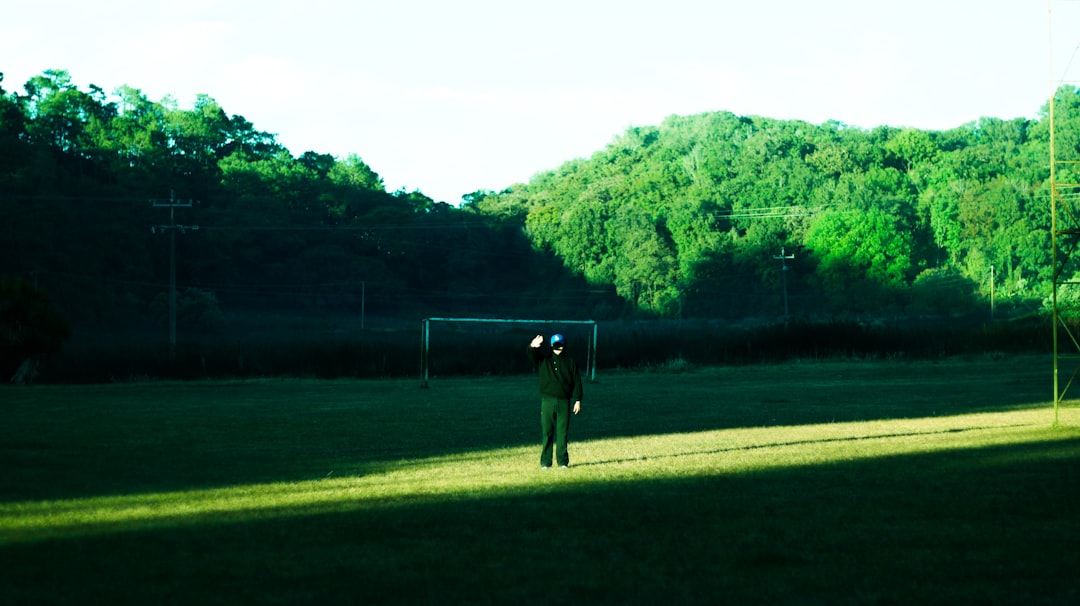Army football has long held a unique place in the world of college athletics. Unlike many programs that center their identities around flashy plays and star power, the strength of the Army Black Knights lies in their defensive excellence, disciplined approach, and unwavering commitment to strategic execution. The team’s final score in any game is often a reflection of a larger narrative—one built on grit, preparation, and military values brought to the gridiron.
The Foundation of Army Football: Defense and Discipline
West Point cadets are known not merely as players, but as future officers. This foundational identity is what sets Army’s football culture apart. The team’s defensive unit consistently embodies the core military values of duty, honor, and discipline. Because of these ingrained principles, Army often produces some of the most fundamentally sound defenses in NCAA Division I football.
Unlike many teams that rely heavily on five-star recruits or high-octane offenses, Army builds its success through a system that emphasizes:</
- Gap integrity
- Strong tackling fundamentals
- Play recognition and reaction speed
Season after season, Army’s defense proves that a unit can suppress elite offenses by simply being in the right place at the right time, reducing big plays and forcing opponents into uncomfortable situations.

Time of Possession: A Shield and a Sword
Army’s offensive strategy plays a massive role in its defense. Using a run-heavy, triple-option offense, the Black Knights aim to control the clock and limit their opponent’s time with the ball. This strategy serves a dual purpose:
- Reduces Pressure on the Defense – By limiting opposing offenses’ time on the field, the defense has longer recovery periods and fewer opportunities to be exploited.
- Dictates the Pace of the Game – Slowing down the game frustrates opponents who rely on rhythm and tempo to gain momentum.
This unique style often results in low-scoring, tough, grind-it-out affairs where Army’s defense shines brightest. Every minute of possession is leveraged as a tactical advantage.
Discipline as a Competitive Edge
Perhaps more than any other program, Army demonstrates what it means to avoid unforced errors. Penalties are minimal, execution is crisp, and mistakes are rare. This is not by accident—it’s the product of a culture that prioritizes repetition, precision, and institutional discipline.
Each player understands his assignment and executes it with a military-like focus. Whether it’s the correct coverage on a passing route or a perfectly timed blitz, Army’s defensive schemes come alive through team synergy. These responsibilities are drilled constantly during practice, reinforcing the notion that every yard given up is the result of a mental lapse.

Signature Wins and Consistent Performance
While Army may not dominate national headlines regularly, its performances—especially in high-profile rivalry games like the annual Army-Navy matchup—offer a masterclass in defensive resilience and discipline.
Over the past several seasons, Army has recorded victories over Power Five opponents and near-upsets against ranked teams. In each case, analysts and fans have pointed out how Army’s defense limited dynamic playmakers through smart formations, relentless pursuit, and superior tackling.
In several recent games, Army has held opponents under 20 points—a statistic that translates directly into scoring opportunities for their own offense through improved field position and turnovers.
The Psychological Warfare of Defense
Defense is often more about attitude and mindset than raw talent. Army’s defenders bring a warrior’s mentality to the field, using each snap to engage in a battle of wills with the offensive line and skill positions.
This psychological edge produces a cumulative effect. By the third or fourth quarter, opposing teams often exhibit signs of fatigue, frustration, and mental errors. Army’s defensive success then isn’t just statistical—it’s strategic. It’s the manifestation of a team wearing down its opponent not only physically, but emotionally and psychologically.
Statistical Standouts
Each season sees Army churning out players who rank in national stats for tackles, sacks, and interceptions. While individual glory is never the goal, certain names rise because of relentless effort and high football IQ. Defensive schemes are designed not around superstars but systems—an idea that rewards consistency over highlight reels.
In recent years, Army’s defense has ranked in the top 25 nationally for:
These statistics, while impressive on paper, are made even more impactful when viewed through the lens of a service academy’s physical and academic demands.
Recruiting for Fit, Not Flash
Unlike traditional football powerhouses, Army does not have access to the same breadth of athletic talent due to military service requirements. Therefore, recruiting centers around character, coachability, and team fit.
This approach means that each player is likely more humble, more hardworking, and more invested in team outcomes than individual legacy. These athletes are groomed to lead in battle as well as on the field, making them ideal contributors to a defense that values structure and collaboration above all.
Conclusion
In a sport increasingly driven by showmanship and individualism, Army football presents a refreshing—and formidable—alternative. The team’s defense and discipline are not merely facets of gameplay; they’re the very identity of a program forged in the crucible of military precision. Whether watching a dramatic goal-line stand or a flawlessly executed punt coverage, fans are seeing far more than football—they’re seeing strategy, honor, and a timeless commitment to excellence.
FAQ: Army Football and its Defensive Identity
- Q: Why is Army’s football defense consistently strong?
A: Army focuses on fundamentals, discipline, and strategic execution. Their defensive coaching emphasizes gap responsibilities, tackling technique, and mental toughness. - Q: What kind of defense does Army usually run?
A: Army typically runs a 3-4 defense, allowing more athletic linebackers to read and react to plays. This flexibility contributes to their ability to defend against varied offensive schemes. - Q: How does time of possession help Army’s defense?
A: Controlling time of possession through their triple-option offense keeps Army’s defensive unit well-rested and limits the opponent’s scoring chances. - Q: Does Army recruit differently from other programs?
A: Yes. Due to military service requirements and academic rigors, Army prioritizes character, discipline, and teamwork over raw athleticism in recruiting. - Q: Are there notable NFL players from Army?
A: While fewer Army players make it to the NFL due to service commitments, some have successfully transitioned to professional football and have been recognized for their leadership and work ethic.
The Army Black Knights continue to evolve in an ever-changing college football landscape, but their foundation of defense and discipline remains unwavering—a testament to the legacy of military excellence translated onto the football field.
